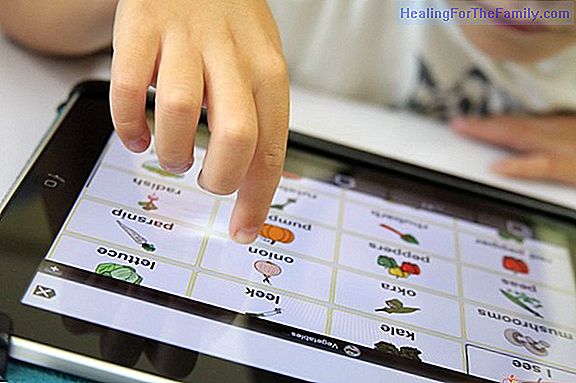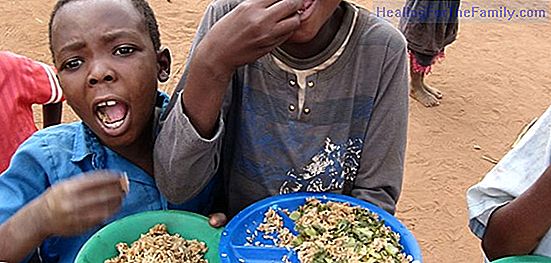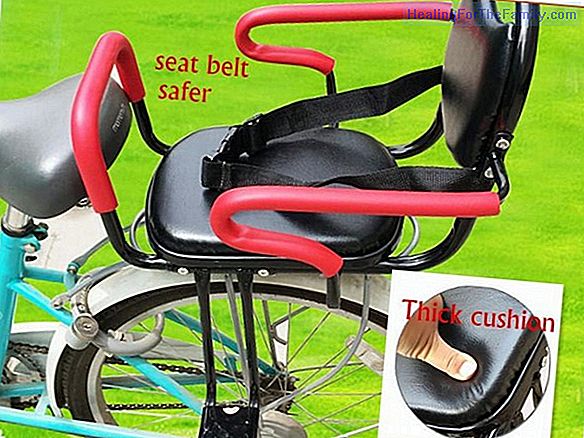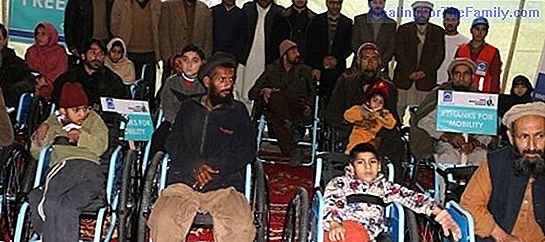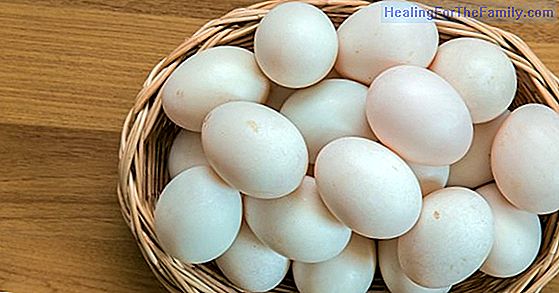When breastfeeding hurts
Establishing a correct breastfeeding avoids many problems and pains. Sometimes, when breastfeeding hurts, the nursing mom and her baby may feel frustrated. And it is that there are some pains in the nipple that are very disconcerting, since they can be accompanied or not by cracks, with erythema (re
Establishing a correct breastfeeding avoids many problems and pains. Sometimes, when breastfeeding hurts, the nursing mom and her baby may feel frustrated. And it is that there are some pains in the nipple that are very disconcerting, since they can be accompanied or not by cracks, with erythema (red) and edema (inflamed) or with nipples that, at first glance, are healthy. In addition they do not improve with an optimal position of the baby's mouth with respect to the breast.
We explain to youwhy sometimes breastfeeding causes pain and what to do when breastfeeding hurts.
Why sometimes breastfeeding hurts
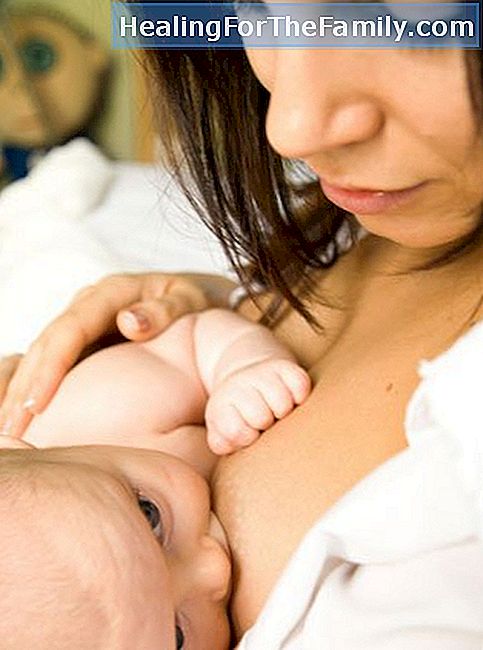
Usually coincides with the ejection reflex (output of breast milk), and we can notice how our baby does not breastfeed, is more irritable and sucks with some uneasiness. Even the baby can get to reject the most affected breast, since many infections alter the taste of the milk, making it more salty.
This can frustrate mothers and many professionals can give contradictory advice. It is important to make a good anamnesis: description of the pain, factors that make it worse or better, if you have taken some oral or topical treatment for other problems, or to try to alleviate the pain.
In the milk of the woman, multiple bacteria coexist in harmony, however, in certain situations, one of them can multiply excessively, altering the existing flora. If this happens, it is an infection.
The manifestations of the infection in the maternal breast are diverse: one, it is like a burning sensation, intense pain and stitches when breastfeeding (it seems as if we stick nails into the chest), and the other, can generate a sharp picture , with a very high fever and a red, hot and painful area in one of the quadrants of the chest. Both situations are different manifestations of mastitis, but the first is the one that creates the most confusion.
Until now, a diagnosis of candida (fungi) was usually made, when the mother went to the midwife's or gynecologist's office and topical antifungals were prescribed to the mother and baby, and in oral resistant cases also antifungal to the mother. mom. However, recent studies have shown that this empirical treatment is not correct, since breast milk is not a good medium for the growth of this fungus; and in very few cases we will isolate it.
A milk culture is necessary to determine which is the best treatment. This way of acting is not widespread in Spain, although in some communities, such as Catalonia and Asturias, work is being done to implement an adequate protocol from public health.
Tips for relieving pain in breastfeeding
1. Use aerating discs. If an antibiotic ointment is used, try to keep it on the nipple skin longer. This will also prevent rubbing and tearing of crusts when removing the absorbent discs. There are also hydrogel protective discs for damaged nipples that can be useful in these cases.
2. Technique of breast compression. In this way, we get the baby to drink more milk in less time.
3. Delayed (temporary) breastfeeding. If the pain is so important that you can not consent to the suction of the child, preferably with a method other than the bottle to prevent grip difficulties due to a teat-nipple confusion syndrome. Una 4. A suitable size liner
can help some mothers with flat or short nipples whose children have ankyloglossia or retrognathia, because the nipple and rubbing at the S point (where the hard palate meets the soft one), thus favoring a more effective suction. 5. If there is infection, avoid applying the milk itself
to cure the nipples, since in the presence of infection it can be counterproductive. Wash your hands very well before and after breastfeeding. Change the sopping discs often. Take fermented foods such as sauerkraut (fermented German cabbage), very cured cheeses (Parmesan and similar), kefir and pickles (pickled cucumbers, pickles, etc.). Vitamin C can help strengthen the defenses of tissues and mucous membranes. Once the result is obtained, the doctor will indicate the appropriate treatment, and the time and manner of application. The mastittis is usually treated with antibiotics and it is not necessary to abandon breastfeeding in any case. The administration to the mother of probiotics such as lactobacilli in the case of mild and moderate infections works (albeit more slowly), taken three times a day. The effects are noticed after one or two weeks of administration.
It is also possible to treat these conditions with grapefruit seed extract in capsules a, for sale in pharmacies and herbalists. But this treatment has certain limitations: there is no published scientific evidence on its effectiveness, it only seems to work in mild or moderate infections and in the long term, when it has been more than two weeks of treatment.

